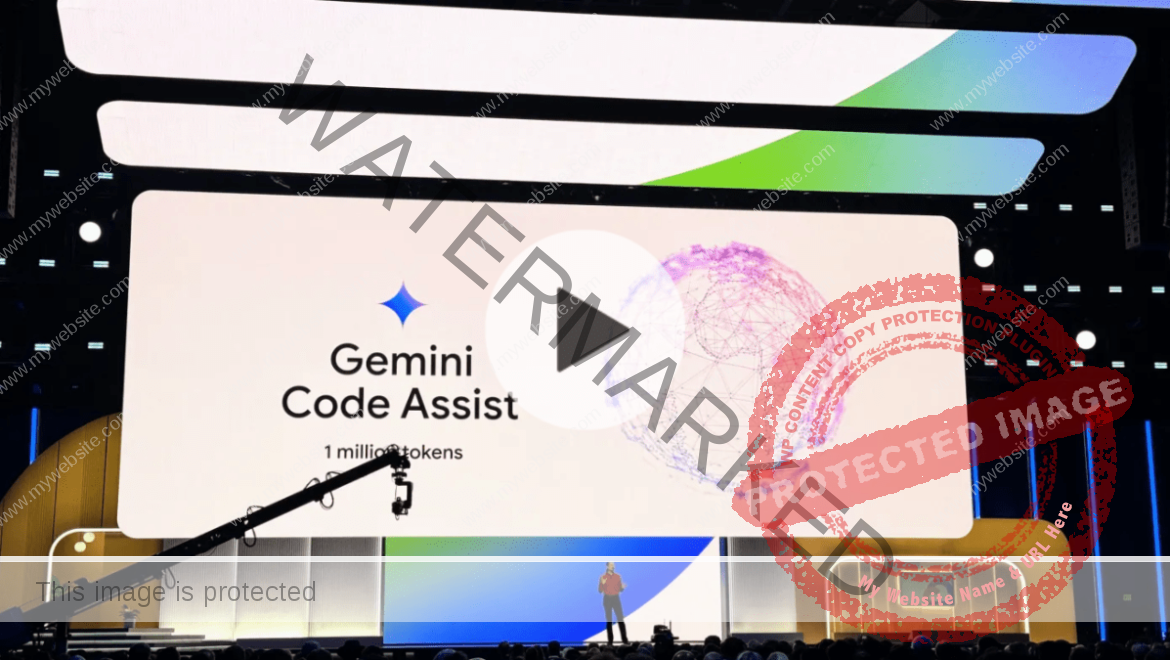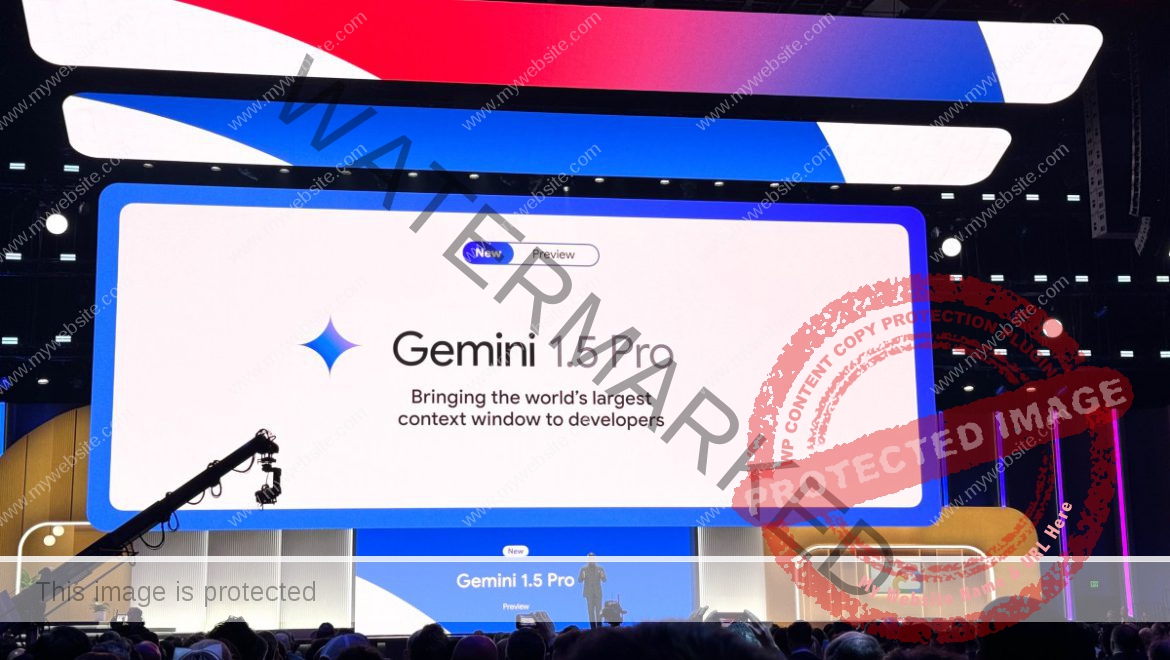Patlytics, an AI-powered patent analytics platform, wants to help enterprises, IP professionals and law firms speed up their patent workflows, from discovery, analytics, comparisons and prosecution to litigation.
The fledgling startup secured $4.5 million in seed funding, oversubscribed and closed in a few days, led by Google’s AI-focused VC arm, Gradient Ventures.
Patlytics was co-founded by CEO Paul Lee, a former venture capitalist at Tribe, and CTO Arthur Jen, a serial entrepreneur who co-founded and served as CTO of the web3 wallet platform Magic. Their shared vision and complementary skills laid the foundation for Patlytics, driven by their firsthand experiences and a deep understanding of the industry’s pain points.
The co-founders told TechCrunch they witnessed many opportunities in the IP space. Lee, who spent most of his previous career investing in vertical SaaS and AI and a few legal tech startups, came across many IP companies that used antiquated techniques in a workflow that (he thought) should be digitalized. While working at Magic, Jen dealt intensively with filing and defending patents to protect company technology.
“The AI revolution in patent intelligence is not just about efficiency; it’s about transforming how patent professionals strategize and engage with the entire patent lifecycle,” Lee said in an exclusive interview with TechCrunch. “Recognizing the intricate blend of technical and legal expertise required for patent work, we’ve developed our platform to be an indispensable ally for patent professionals.”
Traditional patent prosecution and litigation workflows, which rely heavily on manual input, are complex and time-consuming, Lee continued. The research and discovery phase, which involves searching and analyzing large volumes of patent data, demands significant effort, encompassing internet searches, piecemeal manual investigations, and inherently inefficient procedures.”
What sets the startup apart from its industry peers like Anaqua, Clarivate and Patsnap is that Patlytics is “the sole provider offering end drafts and extensive chart solutions” in its current AI-first approach in terms of insights and analytics, Lee explained.
Another difference is the platform doesn’t rely entirely on software solutions, but has a place for human participation in the process.
Image Credits: Patlytics / Co-founders: Arthur Jen (CTO) and Paul Lee (CEO)
The outfit recently launched its product, which is SOC-2 certified, and already serves some top-tier law firms and a few in-house legal counsels at enterprises as customers. The company did not disclose the number of clients due to confidentiality agreements. Its target users include IP law firms and companies with several patents.
“Protecting intellectual property remains a major priority and business requirement for information technology, physical product and biotechnology companies. As companies incorporate AI into their new products, companies from the automobile to the pharmaceutical industry are keen to protect new inventions and watch for infringement from competitors,” said Gradient’s general partner, Darian Shirazi. “We’re excited to partner with the team at Patlytics as they leverage the recent transformative innovations in AI to reinvent the intellectual property protection industry.”
The outfit will use the proceeds to invest in product and AI development and go-to-market function, aiming to cover all relevant workflows for patent prosecution and litigation. In addition, it plans to bolster its engineering team. The company has 11 employees.
“Knowing that navigating the intricate landscape of intellectual property can be laborious, our AI-integrated patent workflow aims to enhance the efficiency and provide insights, transforming IP protection into a dynamic force shaping the future technological landscape,” Jen said. “We build our technology with data security and privacy in mind, safeguarding sensitive information throughout the patent lifecycle.”
Other participants in the round included 8VC, Alumni Ventures, Gaingels, Joe Montana’s Liquid 2 Ventures, Position Ventures, Tribe Capital and Vermilion Ventures. Notably, the round also attracted a host of angel backers, including partners at premier law firms, Datadog president Amit Agarwal, Fiscal Note founder Tim Hwang and Tapas Media founder Chang Kim.
















